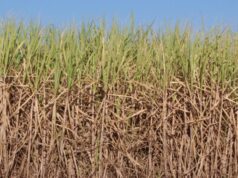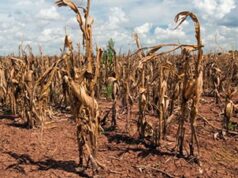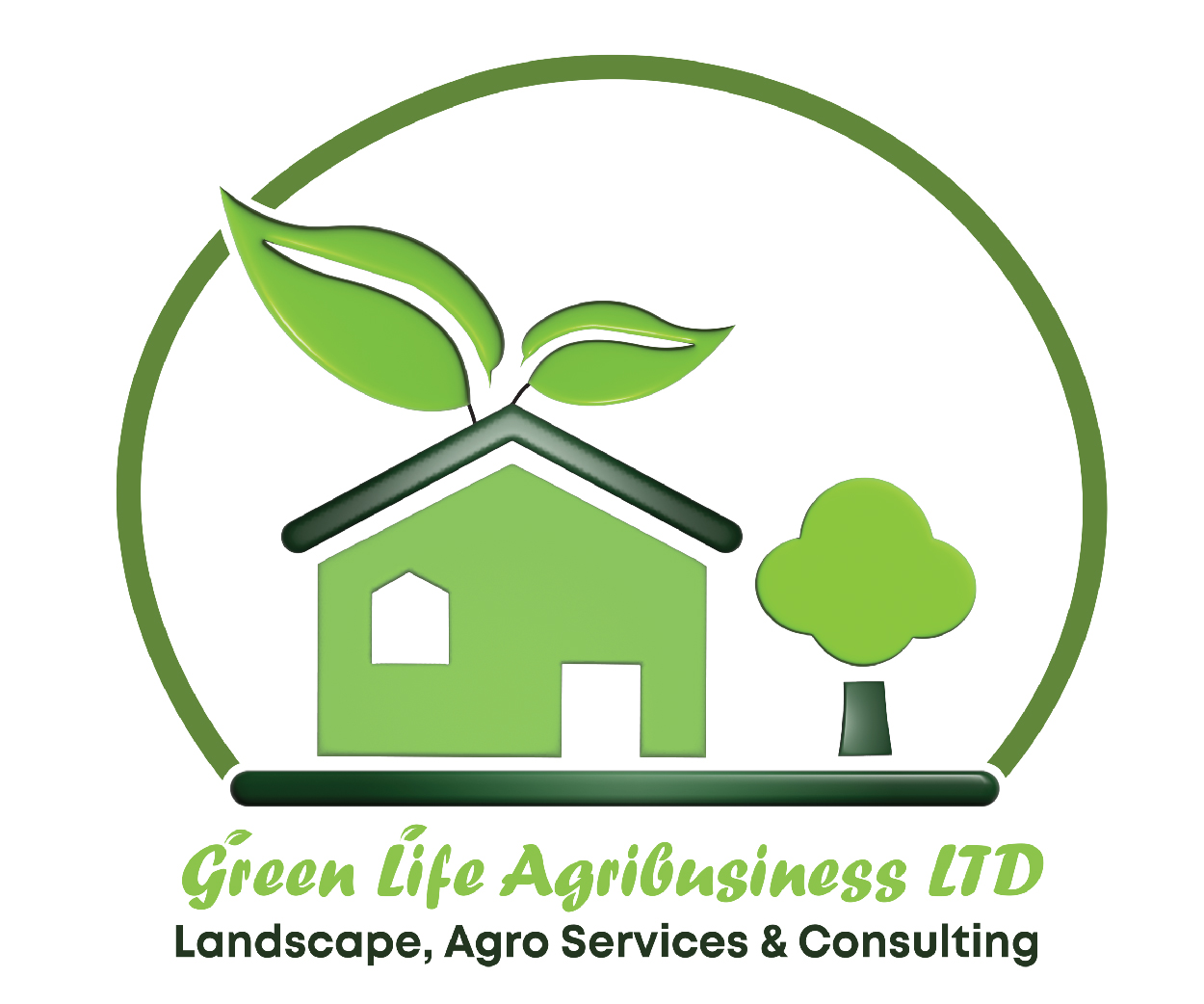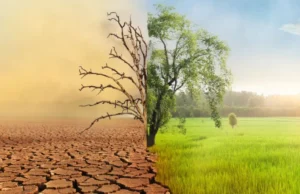Did you know that Somalia has a rich history of rice farming? While the country is often recognized for its livestock and pastoral economy, rice cultivation has deep roots in the fertile valleys of the Jubba & Shabelle Rivers. Let’s take a journey through its past, challenges, and future!
Origins & Early Cultivation
For centuries, Somali farmers have practiced river-fed agriculture, growing crops like maize, sorghum, and rice. Historical records suggest that rice farming spread to Somalia through Arab, Persian, and Indian traders, who introduced new agricultural techniques to the region’s fertile floodplains.
Colonial Era & Expansion
During Italian colonial rule (late 19th – mid-20th century), large-scale irrigation and farming projects were introduced, including experimental rice farming. Mechanization and infrastructure development laid the foundation for further expansion in the decades that followed.
Post-Independence Growth (1960s-1980s)
Following Somalia’s independence in 1960, the government prioritized food security, and rice cultivation became a key focus. Under President Siad Barre, investments in irrigation, agricultural research, and large-scale farming projects increased local rice production, particularly in Lower Shabelle & Middle Jubba.
The Decline During the Civil War
The 1990s civil war devastated Somalia’s agricultural sector. Rice farming declined due to:
🔹 Destruction of infrastructure
🔹 Farmer displacement
🔹 Collapse of irrigation systems
🔹 Rising dependence on imported rice 🚢
Challenges Facing Local Rice Farming Today
Currently, Somalia relies heavily on rice imports from countries like Pakistan, India, and Thailand. Reviving local production faces several challenges:
🌍 Climate change & droughts
🚰 Water scarcity & irrigation issues
💰 Limited investment in modern farming technologies
Reviving Somalia’s Rice Industry
Despite these challenges, there is renewed interest in revitalizing Somalia’s rice farming sector. Efforts include:
✅ Small-scale farmers introducing drought-resistant rice varieties
✅ Adoption of climate-smart irrigation technologies
✅ Government & NGO initiatives supporting food security & self-sufficiency
The Future of Somali-Grown Rice
With fertile land and deep agricultural traditions, Somalia has the potential to produce high-quality local rice that supports:
💰 Economic growth
🍛 Food security & sustainability
💪 Self-reliance & reduced dependence on imports
Why This Matters
Somalia’s locally grown rice is more than just a food source—it is a symbol of resilience and opportunity. By investing in agriculture, empowering farmers, and modernizing farming practices, we can strengthen food sovereignty and economic independence.
More info, pls
Reference: Dr Sadiyo Siad
A Woman On A Mission! | Passion | Commitment | Legacy














